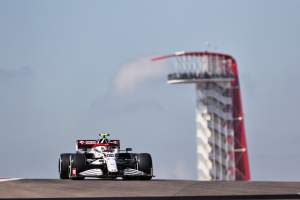Up Next

“But then they went one better, they turned an Alfa Romeo result into even more of an Alfa Romeo result by throwing away a top-10 finish and having the other car finish outside the top 10.”
Those are the damning words of our writer Scott Mitchell on this week’s The Race F1 podcast as Alfa Romeo squandered another chance at the US Grand Prix to close on Williams in their battle over eighth place in the constructors’ championship.
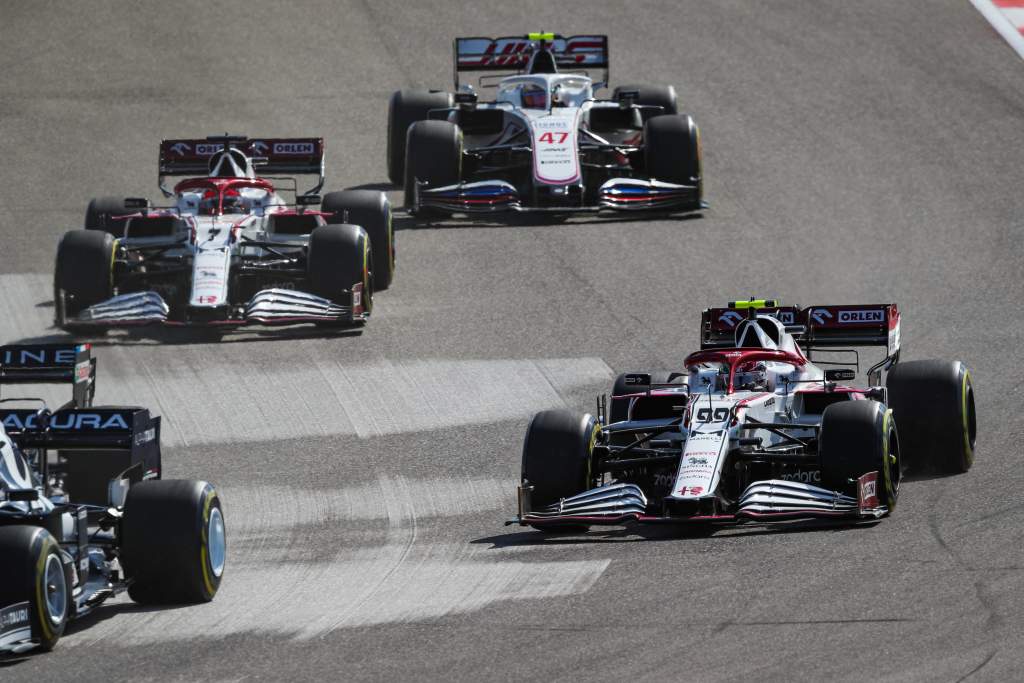
Of course, points-wise, Alfa is now far closer to soon-to-be first time wooden spoon holders Haas than Williams, who catapulted itself clear with two punches on either side of the summer break, scoring a double points finish in Hungary and a podium with George Russell at Spa.
But even if it’s unrealistic to expect that Alfa can overhaul Williams and prevent the Sauber-run team’s worst finish since 2017, it could at least end the year with a more respective points total than the seven points it currently has to its name.
It’s only one fewer than it managed after 17 races of the 2020 season (i.e the entire shortened season), but that fact only signifies how much Alfa is underdelivering this year.
Ex-F1 technical director Gary Anderson found that the Swiss outfit had made more gains in car performance than any other team between 2020 and 2021 in his analysis prior to Austin.
Alfa had moved 0.978% closer to the ultimate pace, yet doesn’t have anywhere near the improved points total to reflect that.
Although these figures come with several caveats and Alfa is not alone in finding year-to-year gains – in fact, Williams made a 0.933% gain – its underachievement really stands out when contrasted with Williams’ season.
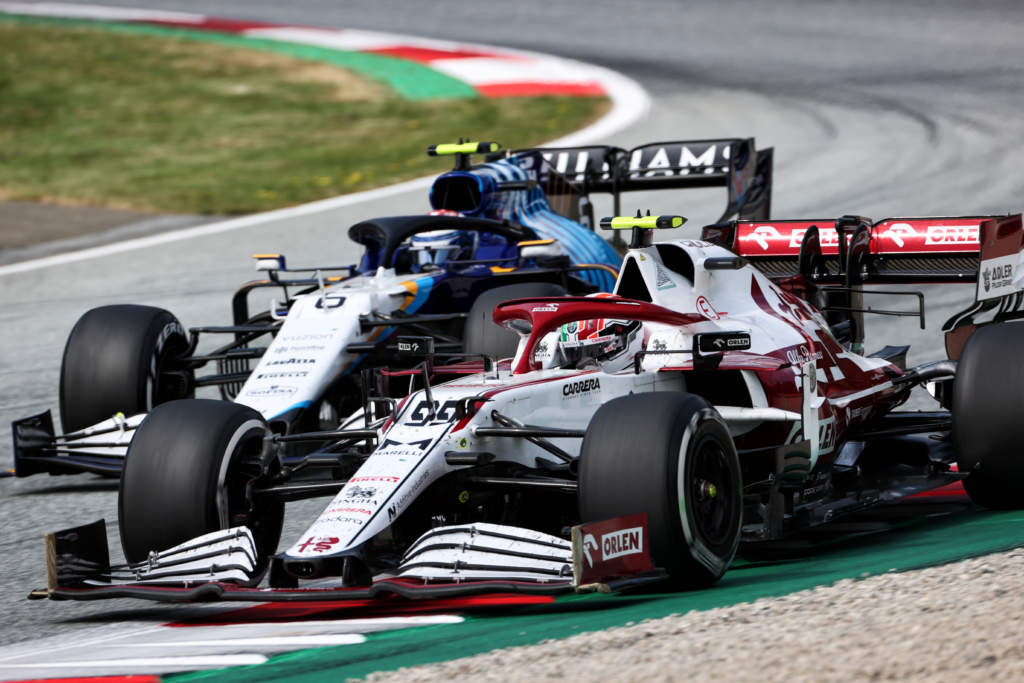
It’s easy to point to Russell as the difference in this battle, and while the 2022 Mercedes driver has evidently made a monumental contribution to Williams’ finest year in quite some time, his less regarded team-mate Nicholas Latifi has provided the same amount of points as the Alfa drivers combined.
So where has it all gone wrong for Alfa?
Its season started with strong hints of a good year to come with Kimi Raikkonen just two seconds adrift of the final point in the Bahrain season-opener and a spirited charge from 16th to ninth at Imola.
Unfortunately for the team, that ninth place at Imola would become 13th when Raikkonen was hit with a 30-second time penalty for taking the restart after a red flag in the wrong position. It was a complex scenario, but one ultimately caused by Raikkonen’s spin and Alfa’s misunderstanding of, what is to be fair to the team, a rather complicated set of rules.
Nevertheless, it was two points lost and was soon followed by an embarrassing intra-team collision at Portimao and Alfa trying to fit a flat tyre to Antonio Giovinazzi’s car at the Spanish Grand Prix.
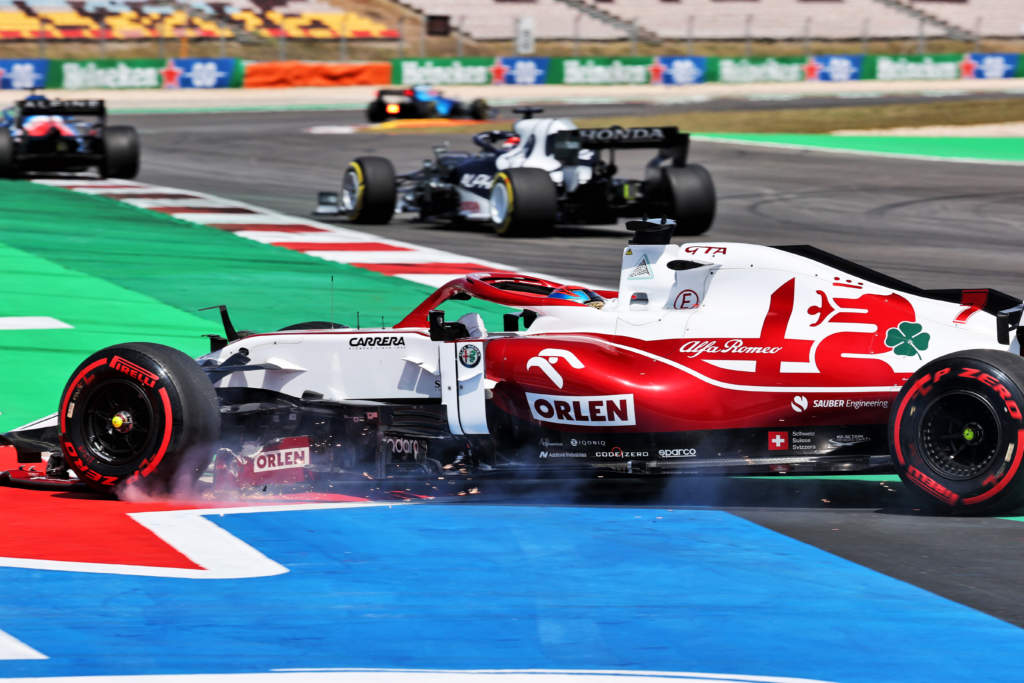
Now, Giovinazzi did score a well-earned point in Monaco off the back of a Q3 appearance while Raikkonen added another rather fortuitous point after multiple drivers encountered problems in Baku.
Raikkonen’s chance at another point in the Austrian GP was ruined by his clumsy crash with Sebastian Vettel, one week after a messy qualifying had cost him a points shot at the same track. The missed opportunities continued at Silverstone when Sergio Perez squeezed Raikkonen into a spin late on.
Giovinazzi, for his part, crashed in Baku qualifying and was involved in back-to-back opening lap collisions across the two races at the Red Bull Ring.
This patch of missed chances looks even worse in retrospective when you consider the hammer blow of the Hungarian GP was about to happen.
There’s evidently a fair amount of bad luck involved, such as Pierre Gasly’s spin AlphaTauri proving unavoidable for Giovinazzi on the Austrian GP’s first lap, but mistakes from drivers and team clearly cost it points that it would later regret missing out on.
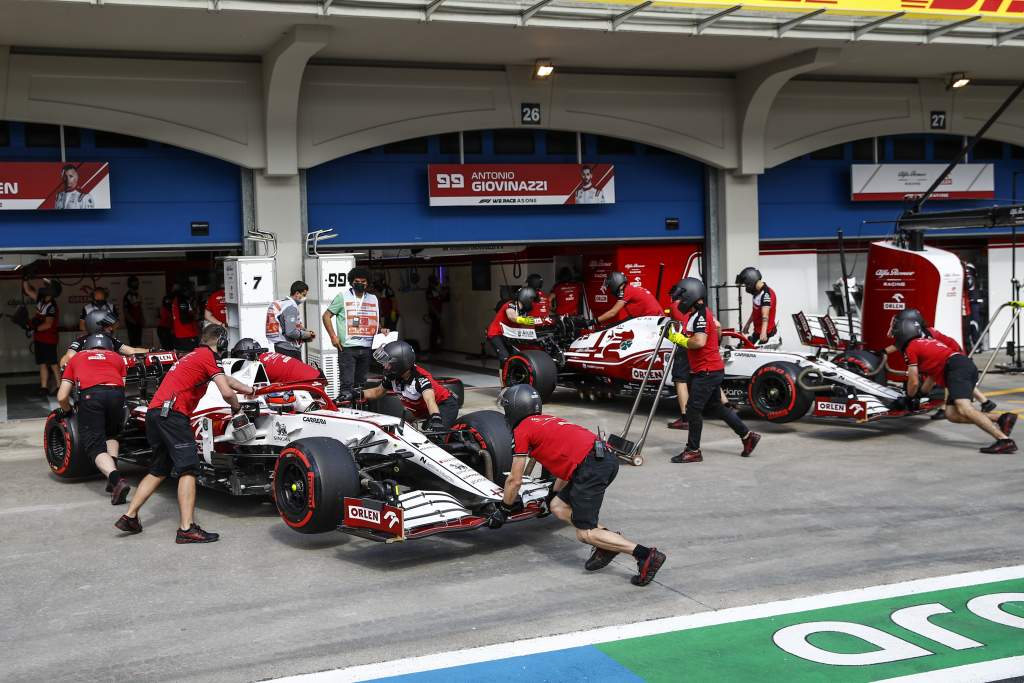
The Hungaroring and Spa weekends proved to be the perfect microcosm of the Williams/Alfa battle and also the deciding factors.
Alfa’s charge in Hungary was thwarted by two basic errors – releasing Raikkonen into the path of Nikita Mazepin and Giovinazzi speeding in the pitlane – and it left the field clear for Williams to deliver a knockout punch.
Latifi delivered the performance of his career while Russell played the team game and acted as a highly-effective rear gunner, resulting in seventh- and eighth-place finishes.
Raikkonen did get a point after Sebastian Vettel’s DSQ, but it put Alfa firmly behind Williams in the championship.
The damage was confounded at Spa as Russell and Latifi took second and 10th on the grid, while Alfa suffered a double-Q1 elimination a day after Raikkonen crashed in the pitlane.
The Alfa has the edge on the Williams in the dry, but it seems apparent Williams has the upper hand in wet conditions. Having said that, Giovinazzi was 2.4s slower than Russell in Q1 at Spa – a deficit clearly not just down to the car performance differential.
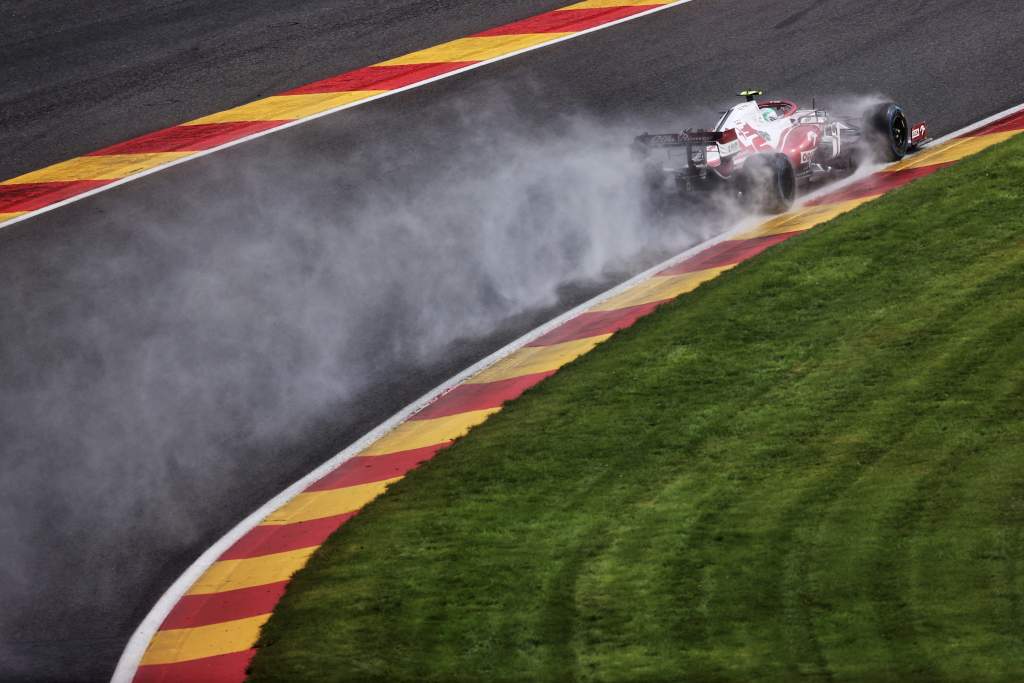
After Spa, Giovinazzi had back-to-back golden opportunities at Zandvoort and Monza with two Q3 appearances.
But neither resulted in anything as Giovinazzi picked up a puncture and wing damage at Zandvoort and a misjudged re-join at Monza cost him dearly. The error at Monza just felt clumsy and not befitting of a driver who has almost three seasons of F1 experience.
Alfa somewhat redeemed itself at Sochi with Raikkonen taking an excellent eighth place finish with the kind of stellar judgement calls it should have made in Hungary and Spa.
But normal service was quickly resumed, as Giovinazzi cost Raikkonen a point in Turkey by ignoring a team order, while Raikkonen spun out of a points finish in Austin.
Raikkonen’s uncharacteristic error in Austin was the latest in a long line of missed points-scoring opportunities for Alfa in 2021, which has snuffed out what was a realistic chance of at least making Williams sweat in the last races of the season.
Instead, Alfa’s ineffectiveness has even allowed Russell the space to try a whole new approach because he doesn’t feel any pressure from the Swiss team.
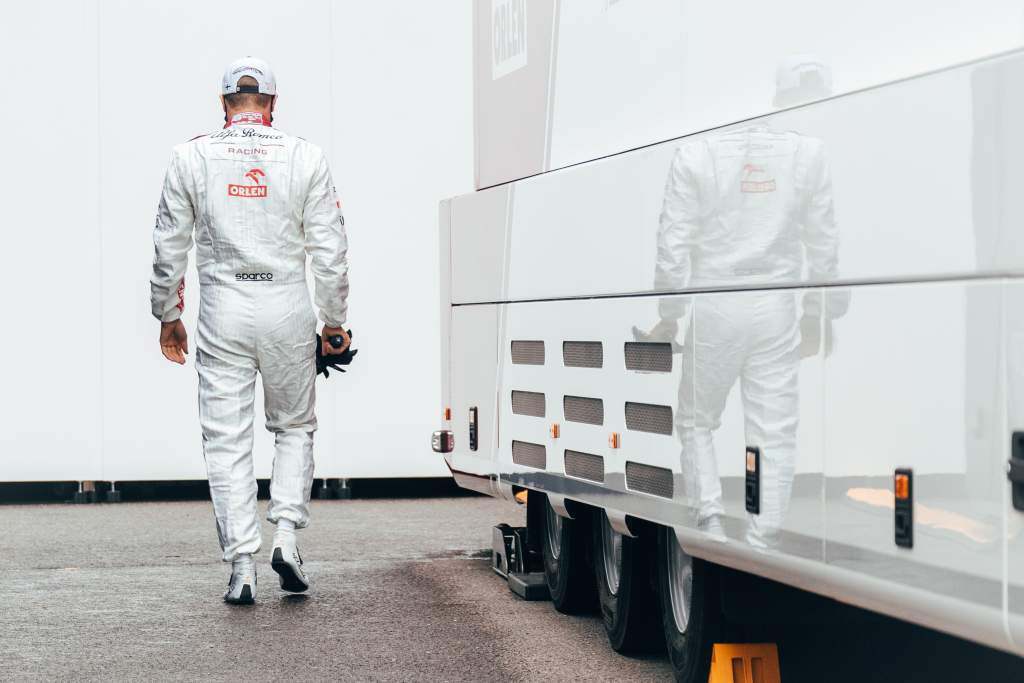
It’s perhaps a relief for some within the team that it will likely enjoy a brand-new driver line-up and some fresh blood in the team for the first time since 2018 with Raikkonen retiring and Giovinazzi heading for the F1 exit door.
But the team itself will also have to work on minimising its errors and inefficiencies – elements that will be felt and potentially exposed by Valtteri Bottas after he’s spent five years with arguably F1’s most efficient team.




